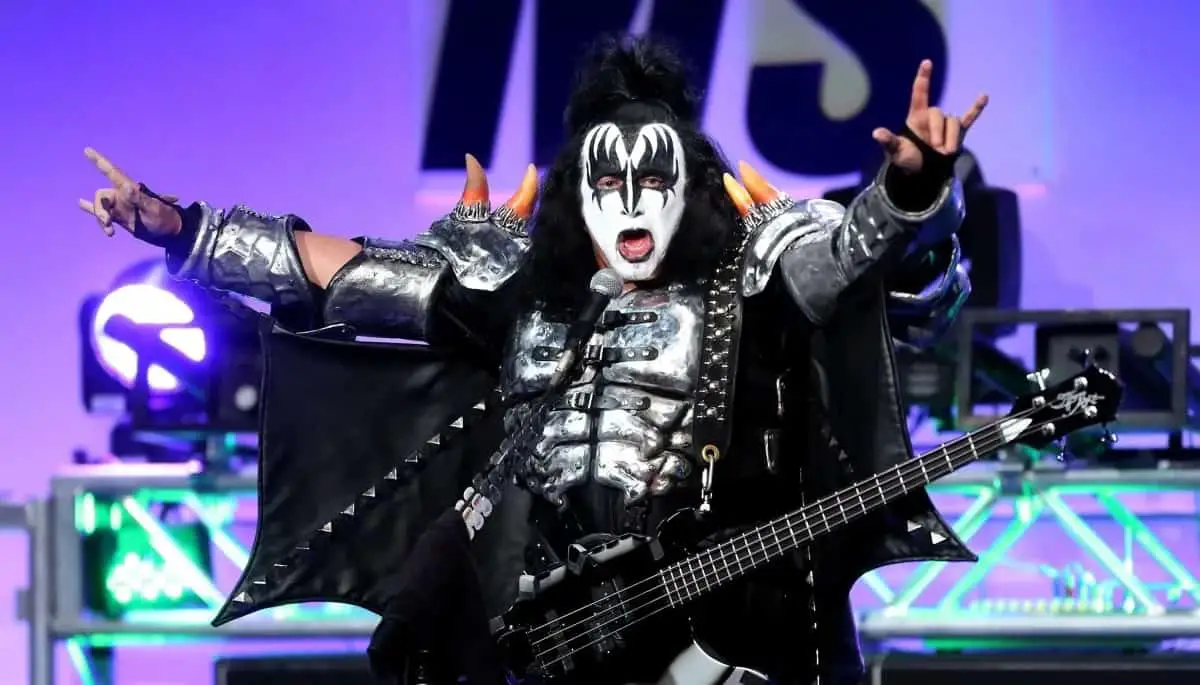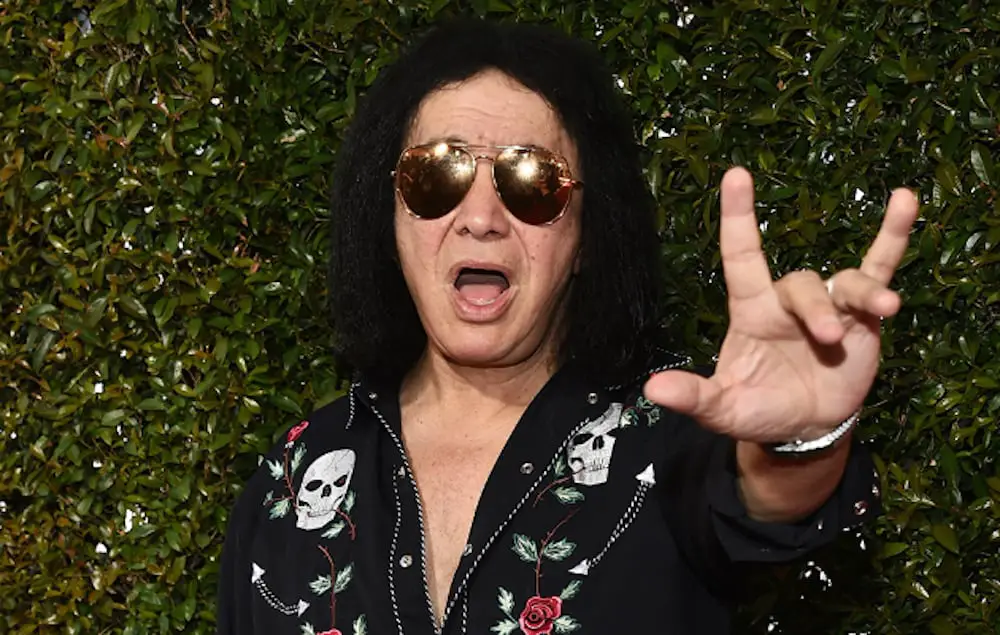
In 2017, Gene Simmons, the legendary bassist of KISS, attempted to trademark the iconic “devil horns” hand gesture. This seemingly innocuous act sparked a heated debate among music enthusiasts and legal experts alike. While some argued that Simmons was appropriating a universal symbol, others saw it as a blatant commercialization of a cultural icon.
The Origin of the ‘Devil Horns’ Gesture:
The “devil horns” gesture, characterized by extending the index and pinky fingers while keeping the middle two fingers folded, has a rich history that predates Simmons‘ involvement. The gesture is commonly associated with rock and heavy metal music, symbolizing rebellion, power, and the intensity of the genre. However, its origins can be traced back to various cultural and religious contexts.
The gesture’s earliest recorded use can be found in ancient Mediterranean cultures, where it symbolized protection against evil spirits or the “evil eye.” It also has ties to Hinduism, where it represents the goddess Shakti’s power and is used in religious rituals. Over time, the gesture became synonymous with rock and roll, popularized by musicians like Ronnie James Dio, who used it extensively during performances.

The Trademark Controversy:
In June 2017, Gene Simmons filed an application with the United States Patent and Trademark Office (USPTO) seeking to trademark the “devil horns” gesture for use in commerce. Simmons claimed that he was the first to use the symbol in a commercial context, arguing that it had become synonymous with his persona and KISS branding. However, the attempt faced significant backlash from fans, fellow musicians, and legal experts.
Critics argued that Simmons’ trademark application was an inappropriate attempt to claim ownership over a cultural symbol that had existed long before his involvement. They believed that the gesture belonged to the collective consciousness of rock and heavy metal culture and should remain in the public domain. Many fans expressed their disappointment and frustration, feeling that Simmons was attempting to profit from something that should be universally accessible.
Faced with such backlash and opposition, Simmons decided to withdraw his patent application less than two weeks after he filed it. He did not give any explanation for his decision, but it is likely that he realized that his claim was untenable and frivolous. The USPTO officially abandoned his application on June 21, 2017.
Simmons‘ failed attempt to patent the devil horns gesture shows that not everything can or should be trademarked, especially when it comes to cultural expressions and symbols that are widely used and shared by many people. The gesture belongs to the fans and the artists who use it to express their love and passion for music, not to one individual who wants to profit from it. As Dio once said, “I doubt very much if I would be the first one who ever did that. That’s like saying I invented the wheel, I’m sure someone did that at some other point. I think you’d have to say that I made it fashionable.”
